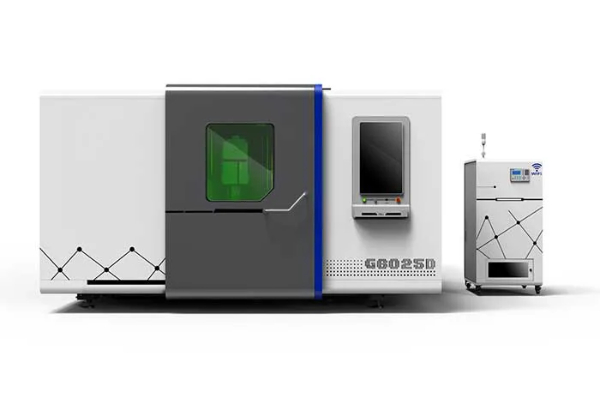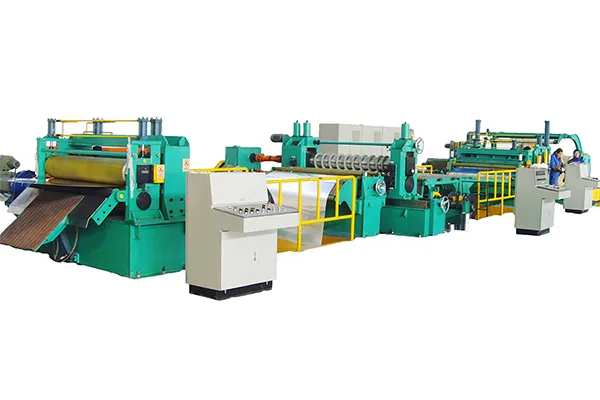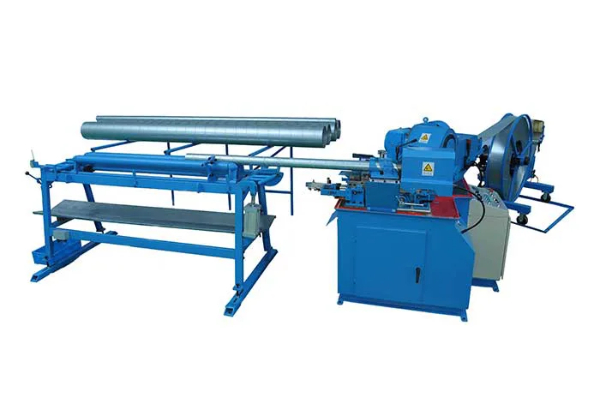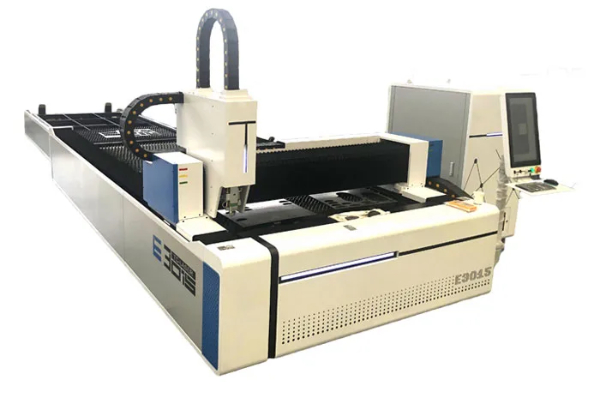
How to Set Up Your Press Brake for Complex Bending Operations
- By:Metmac
- 2024-06-05
- 138
Mastering the Art of Precision Bending
In the realm of metalworking, press brakes reign supreme when it comes to precision bending operations. However, attempting complex bends without proper setup is akin to navigating a tempestuous sea without a compass. To ensure seamless execution and flawless results, meticulous preparation is paramount.
1. Tooling Selection: The Foundation of Accuracy
The choice of tooling plays a pivotal role in achieving desired bend angles and geometries. Opt for punches and dies specifically designed for complex bending, with tight tolerances and precision grinding. Consider the material thickness and the required bend radius to select the optimal tooling combination.
2. Machine Calibration: Precision at Its Core
Before embarking on bending operations, ensure that your press brake is meticulously calibrated. This involves checking the ram parallelism, die deflection, and tool alignment. Even the slightest misalignment can lead to inconsistencies and subpar outcomes.
3. Material Selection and Preparation: Setting the Stage
The material being bent must be of consistent thickness and free from imperfections. Clean the material thoroughly to remove any contaminants that may interfere with bending accuracy. Proper clamping is essential to prevent material slippage during the bending process.
4. Bend Sequence Optimization: Flow to Perfection
Complex bending operations often involve multiple bends in specific sequences. Plan the bend sequence meticulously to minimize tool changes and optimize productivity. Consider the orientation of the part and the direction of the bends to prevent material deformation.
5. Hold Time and Pressure: Balancing Force and Accuracy
Hold time and bending pressure are crucial parameters for ensuring accurate and consistent bends. Adjust these settings based on the material thickness and the desired bend angle. Adequate hold time allows the material to fully set, while excessive pressure can lead to material damage.
6. Post-Bending Inspection: Verifying Success
Once the bending process is complete, conduct thorough inspections to verify accuracy. Use an angle gauge or coordinate measuring machine to measure bend angles and ensure conformity to specifications. Inspect the part for any imperfections, such as cracks or scratches.
Conclusion
Mastering the art of complex bending operations requires a comprehensive understanding of press brake setup and operational parameters. By following these steps diligently, you can harness the full potential of your press brake, ensuring precise, consistent, and flawless bends every time. Remember, the key lies in meticulous preparation, precision execution, and rigorous inspection to achieve the pinnacle of metalworking excellence.
-
High-Precision Solutions from Leading Sheet Metal Cutting Machine Manufacturers
2025/09/11 -
Reliable Sheet Metal Equipment for Sale to Support Precision Fabrication
2025/07/17 -
Advanced Duct Machine AC and Fabrication Solutions from Metmac
2025/07/12 -
The Advantages of Using a Sheet Roll Forming Machine in Manufacturing
2024/09/14
-
Advanced Steel Sheet Cutting and Forming Solutions for Modern Fabrication
2025/09/11 -
High-Performance Sheet Metal Cutting and Forming Machines for Modern Manufacturing
2025/09/11 -
Precision and Value: Exploring Metal Sheet Cutting and Roll Forming Machines
2025/09/06 -
High-Performance Sheet Metal Machines for Precision Fabrication
2025/09/06
-
A Guide to the Latest Innovations in Sheet Metal Folding Machines
2024/11/29 -
Key Features to Consider When Investing in a Sheet Metal Folding Machine
2024/11/28 -
Enhancing Precision with Advanced Sheet Metal Folding Machines
2024/11/27 -
How to Choose the Right Sheet Metal Folding Machine for Your Workshop
2024/11/26




